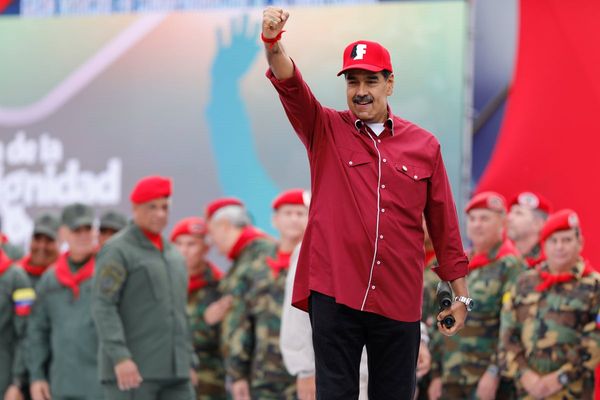
China has swiftly responded to U.S. President Donald Trump's announcement of new tariffs on steel and aluminum imports by imposing tit-for-tat duties on U.S. imports. This move marks a return to the trade tensions that characterized Trump's first term in office and continued into the early days of his successor, Joe Biden.
Less than a month after taking office in January, Trump imposed 10% tariffs on all Chinese imports, which is expected to impact prices on various consumer goods. In retaliation, China implemented 15% duties on coal and liquefied natural gas products, along with a 10% tariff on crude oil, agricultural machinery, and large-engine cars imported from the U.S.
Furthermore, Beijing initiated an anti-monopoly investigation into Google, added PVH to its 'unreliable entity' list, and restricted the exports of five rare metals crucial for defense and clean energy industries.










The trade tensions between the U.S. and China have a history dating back to March 2017 when Trump signed an executive order to tighten tariff enforcement. Subsequent events include failed trade talks, investigations into intellectual property theft, and multiple rounds of tit-for-tat tariffs affecting billions of dollars worth of goods.
Despite signing a Phase One trade deal in January 2020, tensions persisted, leading to Biden imposing new restrictions on selling semiconductors and chipmaking equipment to China in October 2022. Trump, on his campaign trail in February 2024, expressed intentions to impose even higher tariffs on Chinese imports if re-elected.
Most recently, on February 4, 2025, new 10% tariffs on all Chinese imports to the U.S. went into effect, prompting China to announce countermeasures, including duties on American coal, liquefied natural gas, and agricultural machinery.







